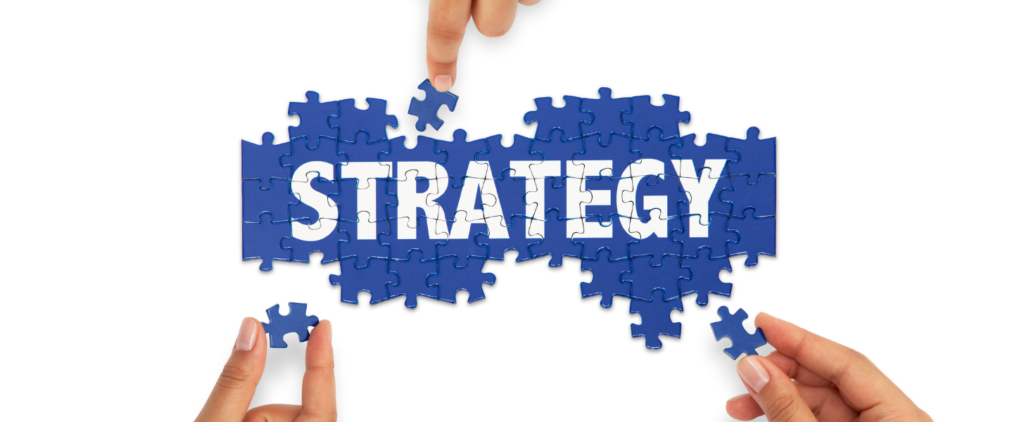Partner engagement is a crucial aspect of business strategy, encompassing the practices and methodologies that foster strong, collaborative relationships with business partners. Effective partner engagement not only enhances mutual trust and cooperation but also drives business growth, innovation, and competitive advantage. In this blog post, we will explore the importance of partner engagement shape future strategies, delve into the engagement rules that can optimize these relationships, and provide actionable strategies to improve partner engagement.
Understanding Partner Engagement
Partner engagement refers to the processes and practices that organizations use to cultivate and maintain productive relationships with their business partners. These partners can include suppliers, distributors, strategic alliances, joint ventures, and other entities that play a role in the business ecosystem. Effective partner engagement involves communication, collaboration, mutual support, and shared objectives.
Why Partner Engagement Matters
1. Enhanced Collaboration: Strong partner engagement fosters a collaborative environment where partners work together towards common goals. This collaboration can lead to innovative solutions, improved processes, and better products or services.
2. Increased Loyalty: Engaged partners are more likely to remain loyal, reducing the risk of turnover and ensuring long-term stability in business relationships. Loyalty is built on trust, transparency, and mutual benefit.
3. Shared Resources and Knowledge: Effective, partner program engagement allows for the sharing of resources, expertise, and knowledge. This can result in cost savings, improved efficiencies, and access to new markets or technologies.
4. Competitive Advantage: Companies with strong partner engagement are better positioned to respond to market changes, leverage new opportunities, and stay ahead of competitors. Collaborative partnerships can lead to unique value propositions and differentiated offerings.
5. Risk Mitigation: Engaged partners are more likely to work together to identify and mitigate risks. Joint efforts in risk management can lead to more robust contingency plans and quicker responses to unforeseen challenges.

Key Engagement Rules for Effective Partner Relationships
To optimize partner engagement, it’s essential to follow a set of engagement rules that guide the interactions and collaborations between partners. These rules serve as a foundation for building and maintaining strong relationships.
1. Establish Clear Objectives
Before engaging with partners, it’s crucial to establish clear objectives for the partnership. These objectives should align with the overall business goals and be communicated effectively to all partners. Clear objectives provide direction and ensure that all parties are working towards the same outcomes.
2. Foster Open Communication
Open and transparent communication is the cornerstone of effective partner engagement strategy. Regular communication helps to build trust, address issues promptly, and keep all parties informed about progress and changes. Utilize various communication channels, such as meetings, emails, and collaborative platforms, to maintain continuous dialogue.
3. Define Roles and Responsibilities
Clearly defining the roles and responsibilities of each partner is essential for avoiding misunderstandings and ensuring accountability. A well-defined partnership agreement or contract can outline these roles and responsibilities, as well as the expectations and deliverables for each partner.
4. Prioritize Mutual Benefits
Successful partnerships are built on mutual benefits. Both parties should feel that they are gaining value from the relationship. Focus on mutual interests, creating win-win situations where both partners can achieve their goals and share in the success.
5. Implement Regular Performance Reviews
Regular performance reviews help to assess the effectiveness of the partnership and identify areas for improvement. These reviews should be based on predefined metrics and key performance indicators (KPIs) that measure the success of the engagement.
6. Foster a Collaborative Culture
Encourage a culture of collaboration and teamwork within the partnership. This involves promoting a positive attitude towards working together, valuing each partner’s contributions, and celebrating joint successes. A collaborative culture can enhance creativity and innovation.
7. Invest in Relationship Building
Building strong relationships with partners requires time and effort. Invest in activities that strengthen the bond between partners, such as: joint business plans, training sessions, team-building events, and regular face-to-face meetings. Strong relationships are built on trust, respect, and mutual understanding.
8. Be Adaptable and Flexible
Partnerships can face unexpected challenges and changes. Being adaptable and flexible in your approach allows you to navigate these changes effectively. Be open to adjusting strategies, revising goals, and exploring new opportunities as they arise.
9. Leverage Technology
Technology can play a significant role in enhancing partner engagement. Utilize collaborative tools, project management software, and communication platforms to streamline interactions and improve efficiency. Technology can also provide valuable insights through data analytics and reporting.
10. Recognize and Reward Contributions
Acknowledging and rewarding the contributions of partners can go a long way in maintaining motivation and commitment. Recognize achievements, celebrate milestones, and provide incentives for outstanding performance. Acknowledgment and rewards reinforce positive behavior and strengthen the partnership.

Strategies for Improving Partner Engagement
Now that we have established the key engagement rules, let’s explore some actionable strategies to improve partner engagement. These strategies can help you implement the engagement rules effectively, draw partners, and maximize the benefits of your partnerships.
1. Develop a Partner Engagement Plan
A well-defined partner engagement plan outlines the steps and actions needed to build and maintain strong partner relationships. This plan should include the engagement rules, communication strategies, performance metrics, and timelines for activities. Having a structured plan ensures a consistent and systematic approach to partner engagement activities.
2. Conduct Regular Training and Development
Investing in the training and development of your partners can enhance their capabilities and align them with your business objectives. Offer training programs, workshops, and online courses that focus on relevant skills, industry trends, and best practices. Well-trained partners are better equipped to contribute to the partnership program’s success.
3. Establish a Partner Portal
A partner portal is an online platform that provides channel partners with access to important resources, information, and tools. This can include product documentation, marketing materials, training modules, and support channels. A centralized portal makes it easier for partners to find the information they need and stay informed about updates.
4. Implement a Partner Feedback System
Feedback is essential for continuous improvement. Implement a system for collecting and analyzing feedback from partners. This can include surveys, interviews, and feedback forms. Use the insights gained from feedback to address concerns, make improvements, and enhance the overall partner experience.
5. Create Joint Marketing and Sales Initiatives
Collaborate with partners on joint marketing and sales initiatives to leverage each other’s strengths and reach a broader audience. This can include co-branded and co marketing campaigns together, joint events, and cross-promotional activities. Joint initiatives can increase brand visibility, generate leads, and drive revenue growth.
6. Monitor and Measure Performance
Regularly monitor and measure the performance of your partnerships using predefined metrics and KPIs. This can include metrics related to sales, customer satisfaction, project completion, and partner engagement levels. Analyzing partner performance and data helps to identify trends, track progress, and make data-driven decisions.
7. Foster a Sense of Community
Creating a sense of community among partners can enhance engagement and collaboration. This can be achieved through online forums, social media groups, and networking events where partners can connect, share experiences, and learn from each other. A strong community fosters a sense of belonging and collective success.
8. Provide Ongoing Support
Providing ongoing support to partners is crucial for maintaining engagement. This includes offering technical assistance, answering questions, and providing timely responses to inquiries. Ensure that partners have access to the resources and support they need to succeed in their roles.
9. Encourage Innovation and Creativity
Encourage partners to bring innovative ideas and creative solutions to the table. This can be facilitated through brainstorming sessions, innovation challenges, and collaborative projects. Supporting innovation from partnership leaders can lead to new opportunities and keep the partnership dynamic and forward-thinking.
10. Celebrate Success Together
Celebrating successes together reinforces the partnership and boosts morale. Recognize and celebrate milestones, achievements, and major accomplishments. This can include awards, public recognition, and celebration events. Joint celebrations build a sense of shared achievement and motivate partners to continue striving for excellence.
Effective partner engagement is a vital component of a successful business strategy. By following the key engagement rules and implementing actionable strategies, organizations can build and maintain strong, productive relationships with their partners. These relationships drive collaboration, innovation, and competitive advantage, ultimately contributing to business growth and success.
Remember, partner engagement is an ongoing process that requires continuous effort, communication, and adaptability. By prioritizing mutual benefits, fostering open communication, and investing in relationship building, organizations can create lasting partnerships that deliver value and drive shared future success.
